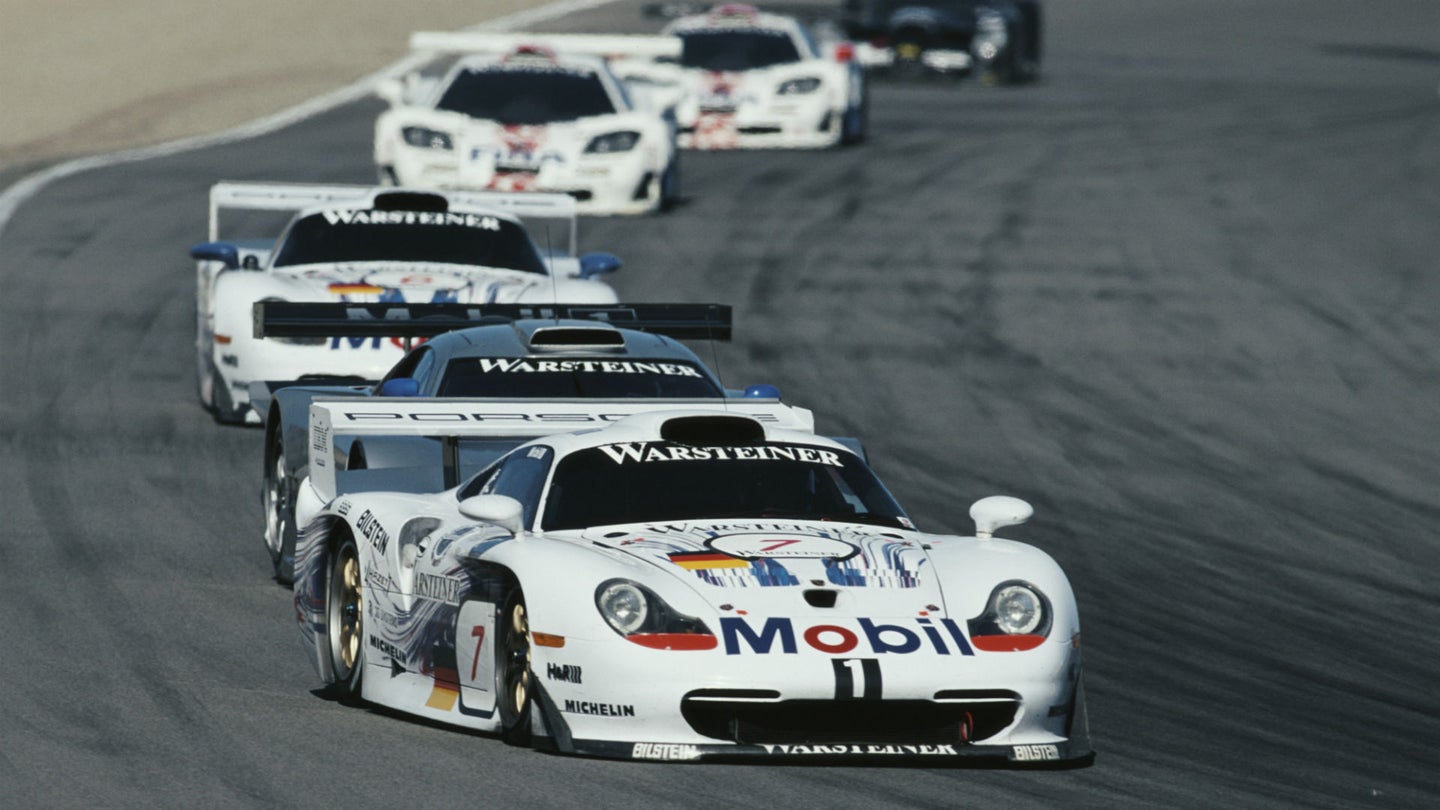Report: WEC Considering LMP1 Design Change to Look Like High-Performance Road Cars
Does this take the ‘prototype’ out of LMP1?

In efforts of gaining and retaining manufacturer interest in the World Endurance Championship's top class, FIA and ACO officials are weighing the option of reintroducing road-car-inspired styling to LMP1. This harks back to earlier runnings of Le Mans endurance racers that were shaped by high-performance production models. Series bosses believe it to be one way of capturing the somewhat-dwindling involvement of automakers in the category, and it could come as soon as the 2020/2021 season.
ACO sporting director Vincent Beaumesnil told Motorsport.com that revisiting the ethos of GTP cars from the '90s and '00s could be "one of the options" for future seasons. He also added, however, that now is a particularly hectic time to decide on things as the WEC undergoes massive shifts ranging from scheduling changes to class regulation updates.
"We are right in the middle of it, so we prefer to take a bit more time before really explaining it," he said.
Toyota Motorsport GmbH technical director Pascal Vasselon then accompanied Beaumesnil's confirmation by saying that the idea was constructed to "make sure the bodywork supports better the manufacturer's products."
Current LMP1 designs are mainly distinguished by subtle styling cues and team liveries, making them slightly difficult to differentiate during the on-track action. Vasselon says that this move could help solve that problem while still luring in new competitors.
"At the moment an LMP1 is a kind of generic prototype and you have to paint it to put your mark on it," he explained. "The idea could be to go towards bodywork that is clearly closer to real cars — it could interest manufacturers who at the moment who are not interested in a generic LMP."
Vasselon then claimed that the concept would be different than that of DPi cars which can change drastically from model to model. Instead of allowing manufacturers to alter everything from front and rear bodywork to sidepods and other major elements, they would instead be given an aerodynamic performance window to operate in. This ensures a more level playing field while still providing individuality within the prototype category.
With that being said, the WEC isn't looking to homologate high-end hypercars for race duty; that would combat the series' initiative of lowering costs across the board. Instead, many manufacturers seem to have formed a consensus that would eliminate the need for near-million dollar road cars as the base for LMP racers.
Finally, Vasselon says that technological development must remain at the forefront of regulation changes. This includes both hybrid and non-hybrid advancements amongst manufacturers and privateer entrants. In order to keep the series innovative, he says that they must "keep the technology challenging" to promote growth within motorsport.
